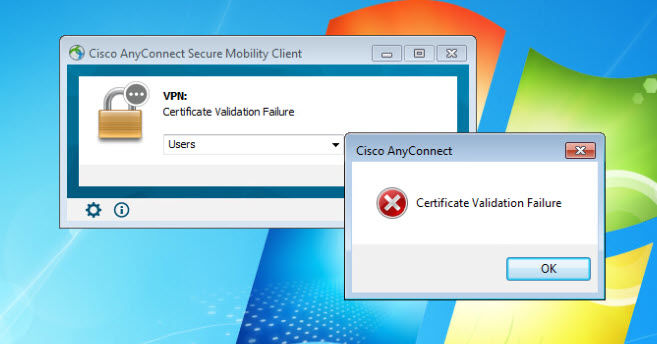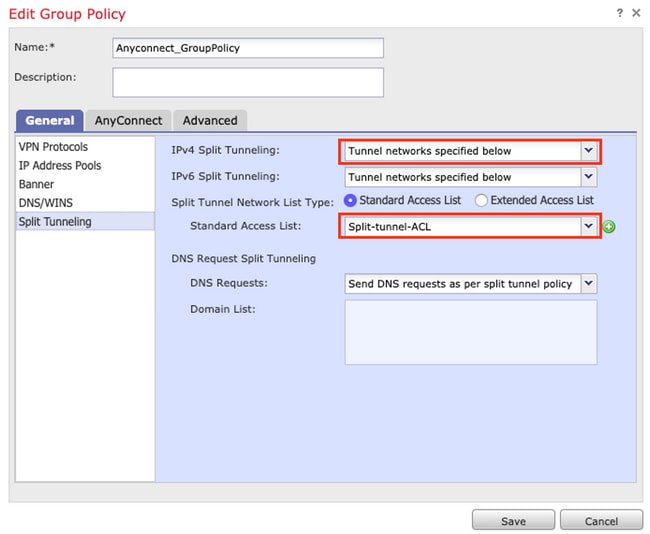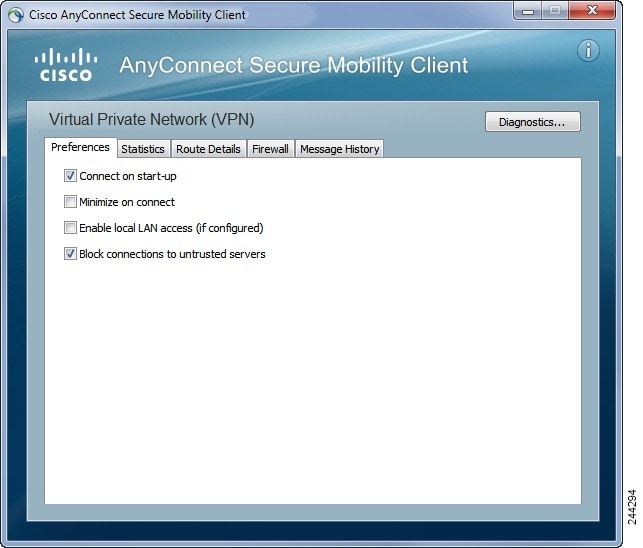Unveiling the Enigma: Cisco VPN’s Unforeseen Implications on Internet Accessibility
Troubleshooting Cisco AnyConnect VPN Connectivity Issues
1. Ensure that your internet connection is stable and working properly. Check if other devices on your network can access the internet.
2. Verify that the Cisco VPN client is properly installed and configured on your system. Make sure you have the latest version of the software.
3. Check if the Cisco VPN client is connecting to the correct VPN server. Verify the server address and credentials.
4. Verify that the VPN connection is established successfully. Look for any error messages or warnings.
5. Check the Access Control List (ACL) and Group Policy settings on the Cisco VPN client and server. Make sure they allow internet access.
6. Ensure that the VPN client’s routing is configured correctly. Check if the VPN client is using the correct default gateway and DNS settings.
7. Verify that there are no conflicting network settings on your system. Disable any third-party firewall or security software temporarily.
8. If you are using a Cisco router or firewall, check its configuration for any rules or settings that may be blocking internet access.
9. If you are using Windows, ensure that your network adapter settings are correct. Check if the TCP/IP settings are configured to obtain IP address and DNS automatically.
10. If the issue persists, try restarting your computer and the Cisco VPN client. You can also try reinstalling the VPN client software.
Resolving Internet Access Problems with Cisco AnyConnect VPN
If you are experiencing internet access problems with Cisco AnyConnect VPN, here are some steps you can take to resolve the issue:
1. Check your internet connection: Ensure that you have a stable internet connection before attempting to establish a VPN connection.
2. Verify VPN settings: Double-check your VPN settings, including the VPN policy and Group Policy options, to ensure they are configured correctly.
3. Check firewall settings: Make sure that your firewall is not blocking the VPN connection. Adjust any Access Control Entries (ACE) or Access Control Lists (ACL) that may be interfering with the VPN.
4. Update AnyConnect: Ensure that you have the latest version of Cisco AnyConnect VPN program installed on your device. Updating to the latest version may resolve any compatibility issues.
5. Verify routing: Check the routing tables and TCP Loopback settings to ensure proper routing for the VPN connection.
6. Seek help: If the issue persists, consider reaching out to your network administrator or contacting Cisco support for further assistance.
Fixing Connectivity and Authentication Errors with Cisco AnyConnect VPN
If you are experiencing connectivity and authentication errors with Cisco AnyConnect VPN, there are a few steps you can take to fix the issue.
First, make sure you have the latest version of AnyConnect installed on your device. This will ensure that you have the most up-to-date features and bug fixes.
If you are unable to connect to the VPN, try restarting your computer and then connecting again. Sometimes a simple restart can resolve connectivity issues.
If you are still unable to connect, try disabling your firewall temporarily. Sometimes firewalls can block VPN connections. If disabling the firewall allows you to connect, you may need to adjust your firewall settings to allow the VPN connection.
Another troubleshooting step is to check your internet connection. Make sure you have a stable internet connection and that you are not experiencing any network outages.
If you are receiving authentication errors, double-check your username and password to ensure they are correct. It’s also a good idea to contact your network administrator to verify that your account is active and has the necessary permissions for VPN access.
In some cases, you may need to reinstall the AnyConnect client on your device. This can help resolve any software conflicts that may be causing the authentication errors.
If none of these steps resolve the issue, it may be helpful to consult the Cisco AnyConnect documentation or reach out to Cisco support for further assistance. They will have the knowledge and expertise to help troubleshoot and resolve any connectivity and authentication issues you may be experiencing.
Solutions for Cisco AnyConnect VPN Connection and Certificate Validation Failures
- Introduction: Understand the challenges of Cisco AnyConnect VPN connection and certificate validation failures.
- Identifying the issue: Learn how to identify if your Cisco VPN is blocking internet access.

- Troubleshooting steps: Follow these steps to resolve Cisco AnyConnect VPN connection and certificate validation failures:
- Check internet connectivity to ensure it is not a network issue.
- Verify your Cisco AnyConnect VPN client is up to date.
- Review the VPN configuration settings to ensure they are correct.

- Check for any conflicting applications or software that may interfere with the VPN connection.
- Verify the validity of the SSL certificate being used for VPN authentication.
- Ensure the VPN server is properly configured and accessible.
- Resetting the VPN client: If all else fails, try resetting the Cisco AnyConnect VPN client to default settings.

- Contacting support: If the issue persists, reach out to Cisco support for further assistance.
- Preventing future issues: Implement best practices to avoid future Cisco VPN connection and certificate validation failures.
- Regularly update the VPN client and server software.
- Ensure SSL certificates are renewed and remain valid.

- Regularly monitor the VPN network for any potential issues.
